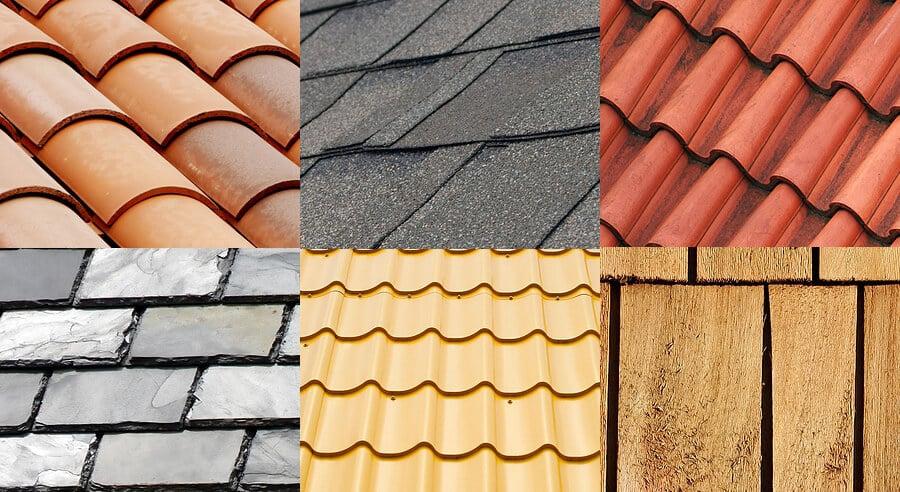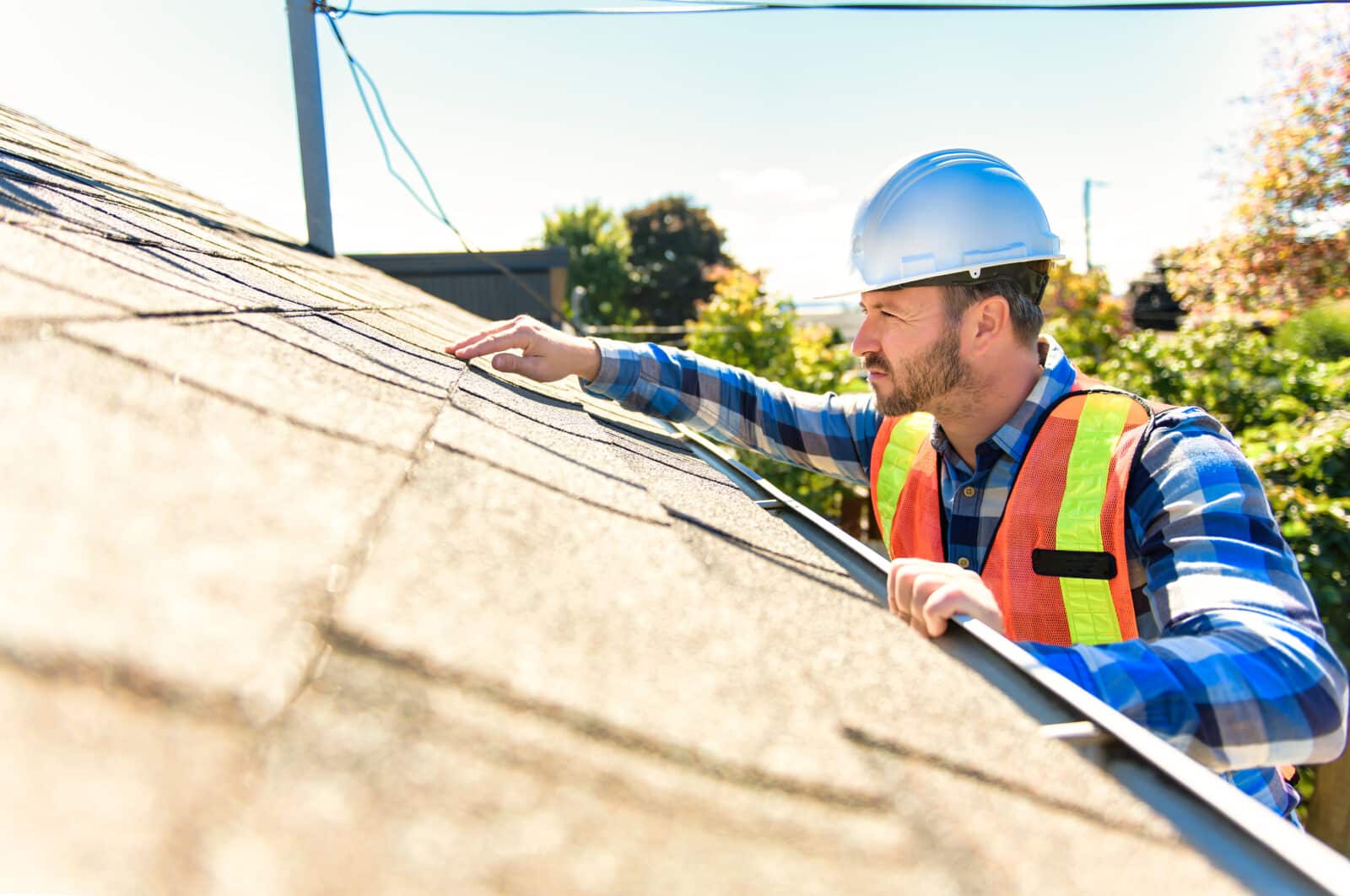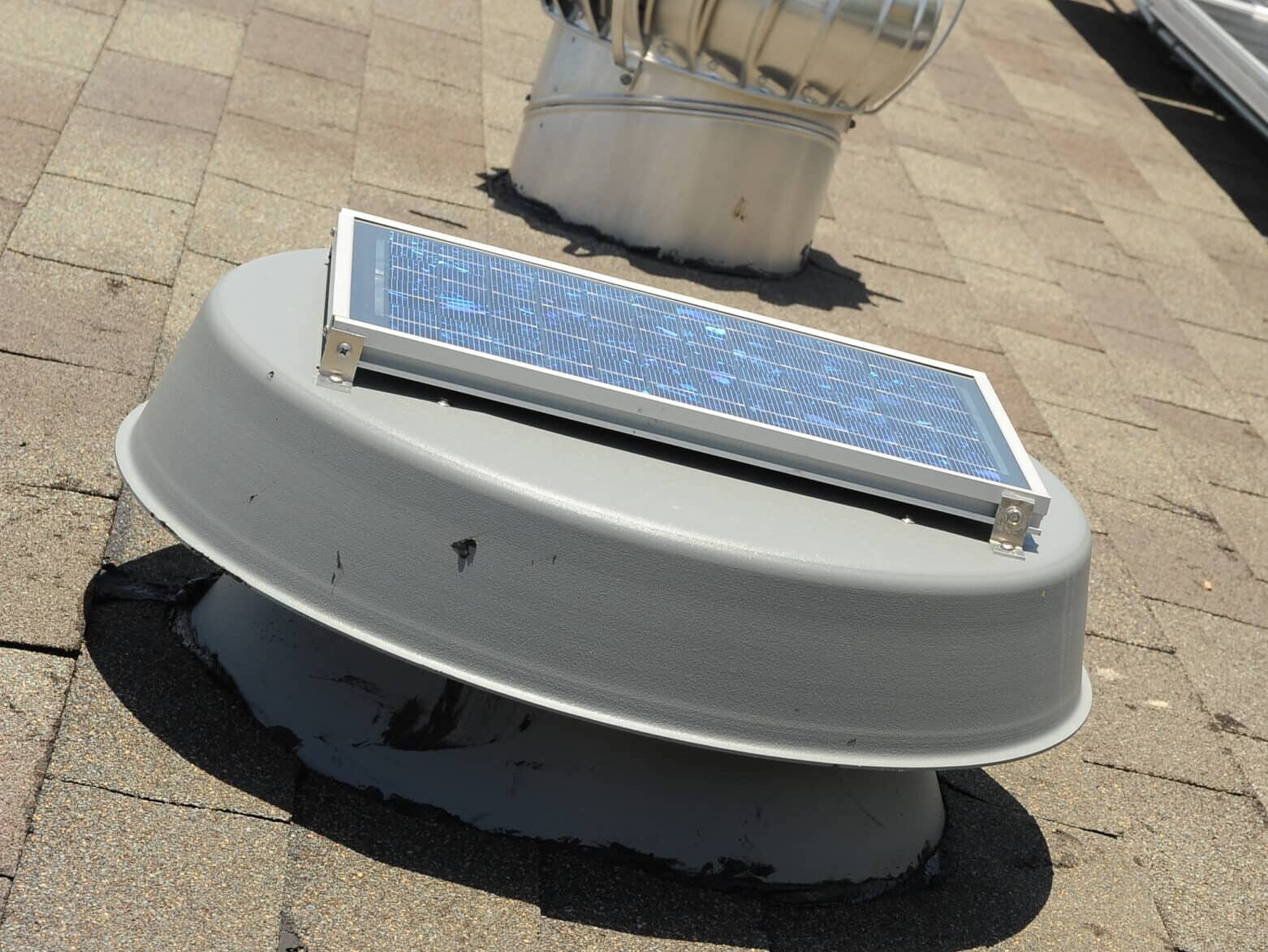When it comes to maintaining your home, the roof is one of the most critical components. Not only does it protect your home from the elements, but it also plays a significant role in energy efficiency and curb appeal.
If you’re looking for reliable roofing services, one of the first decisions you’ll need to make is selecting the right roofing material. This guide will walk you through the key factors to consider and the most popular materials available to help you make the best choice.
Table of Contents
Why Choosing the Right Roofing Material Matters
Your roof is more than just a covering. The type of material you choose can affect:
- Durability: Some materials last longer than others.
- Maintenance: Certain roofing materials require more upkeep.
- Energy Efficiency: The right roof can help reduce heating and cooling costs.
- Aesthetic Appeal: Roofing materials come in various styles and colors to match your home’s design.
With all these considerations, it’s essential to choose a roofing material that fits your needs and budget. Let’s dive into the most common options.
Types of Roofing Materials
1. Asphalt Shingles
Asphalt shingles are one of the most popular roofing materials for homeowners across the U.S. They are affordable, relatively easy to install, and come in a wide range of colors and styles.
Pros:
- Cost-effective: Asphalt shingles are one of the most affordable roofing materials.
- Easy to install: Many roofing services offer quick installation, reducing labor costs.
- Variety: Available in numerous designs to complement your home’s look.
Cons:
- Shorter lifespan: Typically lasts 15-30 years.
- Not ideal for extreme climates: Can be less durable in areas with harsh weather conditions.
2. Metal Roofing
Metal roofing has gained popularity in recent years due to its durability and energy efficiency. It’s available in materials like aluminum, steel, and copper, each with its unique benefits.
Pros:
- Long-lasting: Can last 40-70 years.
- Energy-efficient: Reflects sunlight, helping to keep your home cooler.
- Low maintenance: Resistant to corrosion and weather damage.
Cons:
- Higher upfront cost: Metal roofing tends to be more expensive to install.
- Noise: Can be noisier during rain or hail unless properly insulated.
3. Clay and Concrete Tiles
Clay and concrete tiles are ideal for homes with a Mediterranean, Spanish, or Southwestern style. They are known for their durability and distinct appearance.
Pros:
- Durable: Can last up to 100 years with proper maintenance.
- Fire-resistant: Offers excellent protection in fire-prone areas.
- Aesthetic appeal: Adds a unique and classic look to your home.
Cons:
- Heavy: Requires reinforced roofing structures.
- Expensive: Higher material and installation costs.
4. Wood Shakes and Shingles
For a more natural, rustic appearance, wood shakes and shingles are an excellent choice. They are often made from cedar, redwood, or pine and offer a unique texture.
Pros:
- Natural insulation: Helps regulate indoor temperatures.
- Aesthetic value: Creates a warm, traditional look.
- Eco-friendly: Made from renewable resources.
Cons:
- High maintenance: Requires regular treatments to prevent rot, mold, and insect damage.
- Shorter lifespan: Typically lasts 20-40 years, depending on climate.
5. Slate Roofing
Slate roofing is one of the most durable and long-lasting materials available, known for its elegant, timeless appearance.
Pros:
- Extremely durable: Can last over 100 years.
- Low maintenance: Resistant to mold, mildew, and insects.
- Fire-resistant: Offers excellent protection in areas prone to wildfires.
Cons:
- Heavy: Requires additional structural support.
- Expensive: High material and installation costs.
Factors to Consider When Choosing a Roofing Material
1. Climate and Weather
Your local climate plays a crucial role in selecting the right roofing material. For instance, if you live in an area with frequent heavy rains or snow, a durable material like metal or slate may be a better choice. In hot climates, energy-efficient materials like metal or clay tiles can help regulate indoor temperatures.
2. Budget
It’s essential to choose a roofing material that fits your budget, both for upfront installation costs and long-term maintenance. While materials like asphalt shingles are affordable, investing in longer-lasting materials like metal or slate may save you money in the long run.
3. Aesthetic Appeal
The material you choose should complement your home’s architectural style. For example, wood shakes offer a rustic charm, while clay tiles provide a classic Mediterranean look.
4. Durability and Lifespan
Consider how long you plan to stay in your home. If you’re planning to stay long-term, investing in a durable material like slate or metal may be worth the higher upfront cost. If you’re planning to sell in the near future, more affordable options like asphalt shingles may be sufficient.
Finding the Right Roofing Services
Once you’ve decided on the material, the next step is finding the right professionals to install it. Reliable roofing services will help you determine the best options for your home, taking into account your budget, climate, and long-term needs. Always look for contractors who are licensed, insured, and have positive reviews from past clients.
Conclusion
Choosing the right roofing material for your home is a significant decision that will impact your home’s protection, energy efficiency, and overall appearance. By considering factors like climate, budget, and durability, and working with trusted roofing services, you can ensure a long-lasting roof that meets all your needs.





